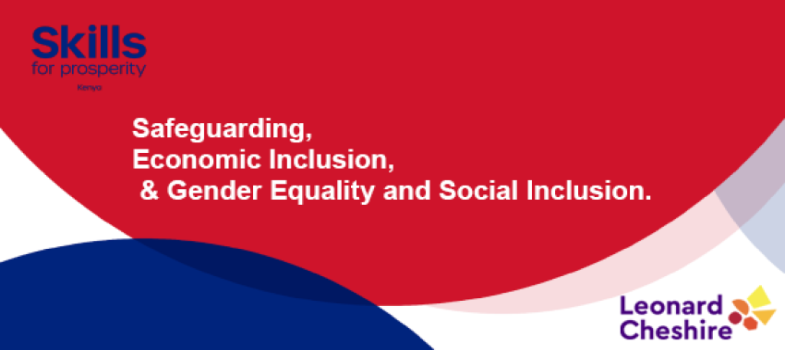2.2.3 Gender Roles, Stereotypes, Misconceptions and Skill Building

Stereotyping is a widely held but fixed and oversimplified image or idea of a particular type of person. Stereotypes play a role in how we describe others as well as ourselves. Through stereotypes, we group people who share one particular attribute together. In doing so, we take away their individuality, casting aside all other aspects of their identity and self.
On the other hand, social structures describe the interconnected relationships of the various social groups and institutions in which people create and become part of. The social structures are characterised by status, social networks, groups, and organisations. Other elements of social structures are traditional gender roles, disability and the medical model, among others. These elements have been found to relate differently and get replicated within skill-building institutions leading to bias.
Bias is individual and interpersonal. It is important to recognize that bias can never be removed, everyone has it – we can however learn how to be more aware of and slowly change our own biases to become more inclusive.
Gender roles and stereotypes also play out in situations of TVET / HE institutions. For example, students are recruited and referred in specific courses based on gender norms or perceived ability. This may represent a misconception.

| Previous | Next |






